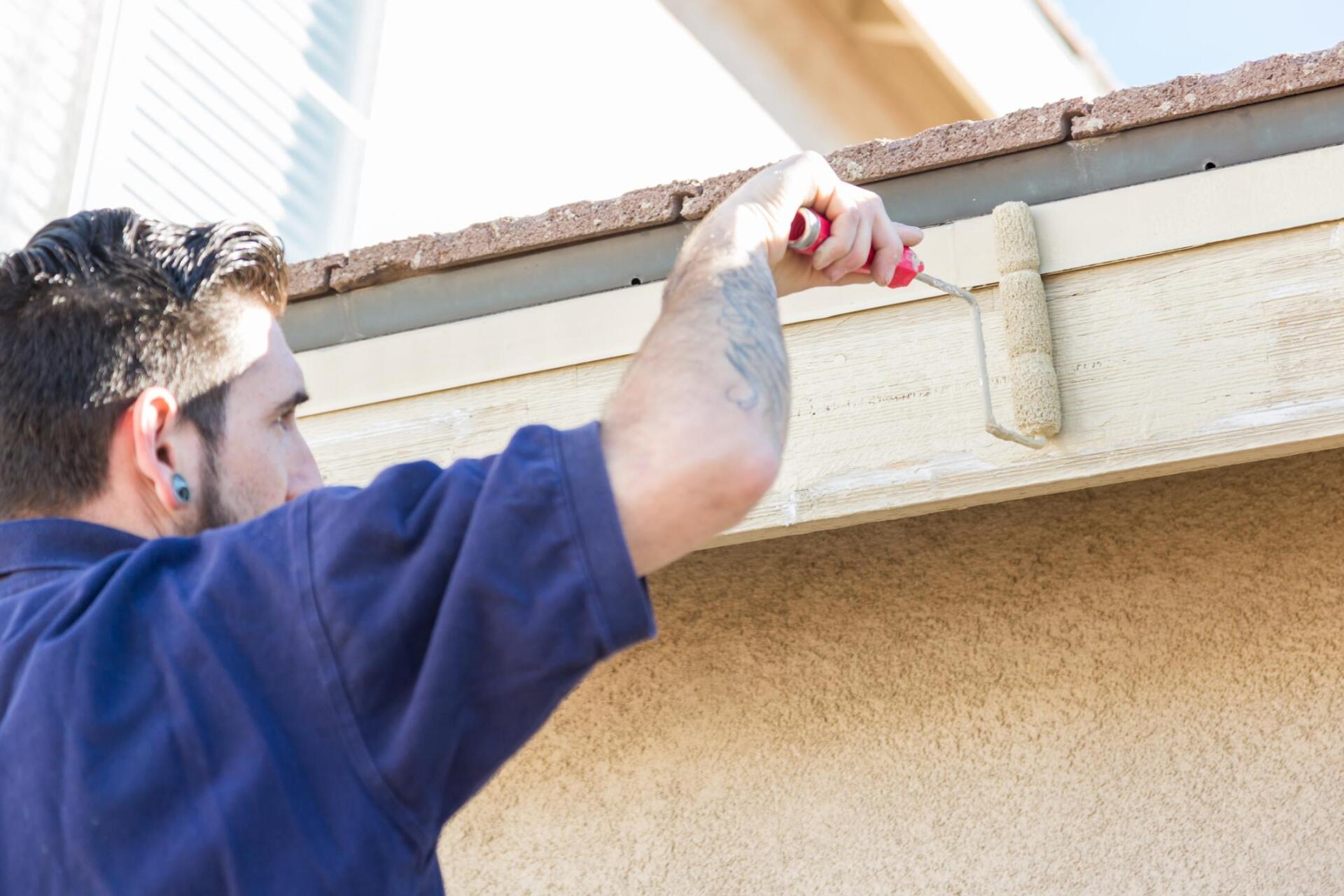Gutters & Drainage
Your home could very well be damaged by inappropriate drainage systems. Water that is not able to drain properly can cause a wide variety of problems, including flooding, leaks, foundation damage, and landscape damage. Any water from your roof should be directed away from your house and into storm drains. Water that collects in your gutters or around your foundation after a spring downpour can cause expensive damage to your home. Ice dams and drooping roofs are two signs of winter damage. Your home's drainage system's primary function is to divert water away from the foundation and other structural components. In the event that this isn't occurring, it's clear that something is wrong with your system and that you should get in touch with us so that we can investigate and, if necessary, make adjustments.
What to Look for in Gutter Drainage
If water is pooling on your roof or leaking in places where it should be draining, it may be an indication that your gutters need to be cleaned or replaced. The siding of your home is another potential source of trouble, so inspect it regularly. If water is unable to properly drain away from your property, the siding may deteriorate over time. Your siding may decay from too much moisture and need to be replaced. Soil erosion close to your house could indicate that water is draining too quickly and strongly from your system. Erosion can degrade the soil supporting your foundation over time, causing cracks and other problems. It also doesn't look great if you're attempting to keep up your landscaping around the house. We offer detailed drainage system inspections to ensure your system is working and in good order.
Newly Constructed Fluted Gutters
If you want to divert rainwater away from an already established drainage system, we recommend fluted gutters. Ne Constructed fluted gutters' primary benefit is that their application is largely unlimited and they do not necessitate changes to the roadway profiles. The shallow depth and shallow side slopes of a fluted gutter make it possible for a road sweeper to clean it efficiently. Fluted gutters are often manufactured and constructed from the same material as the road. Less aesthetically pleasing prefabricated open gutters are typically easier and cheaper to install. Paving bricks allow for more fluidity when creating angles and connections.
Open Gutter Construction
Because of the considerable depth that is available, open gutters are able to drain more water than closed gutters and are less reliant on either natural or manmade constructed slopes. The problem is that a regular road sweeper can't get rid of them, and they can be dangerous for drivers. Ideally, our team very meticulously plans the entire construction process very carefully with all the necessary permits and special requirements involved. One of the most prominent aspects of open gutters can be seen in landscapes with a gentle slope. This means they can be used without having to be drained.
New Drainage Construction regulations
A storm drain construction permit is required in most states before any work can begin. The reason is that there's a good chance that your storm drain will affect surrounding homes and the area's plumbing system. We assist with getting the nod from the city council, and we make sure to let them know regarding your drainage construction intentions. We also assist with the submission of any relevant blueprints. Before we start with your construction project, we check out what rules and guidelines apply to your project. We also ensure that the storm drainage system we propose to install follows all applicable local regulations. There are many rules that regulate the look and build of any storm drains. thankfully, our team keeps up-to-date and have the knowledge and experience to make your drainage construction a breeze.
We will get back to you as soon as possible.
Please try again later.


